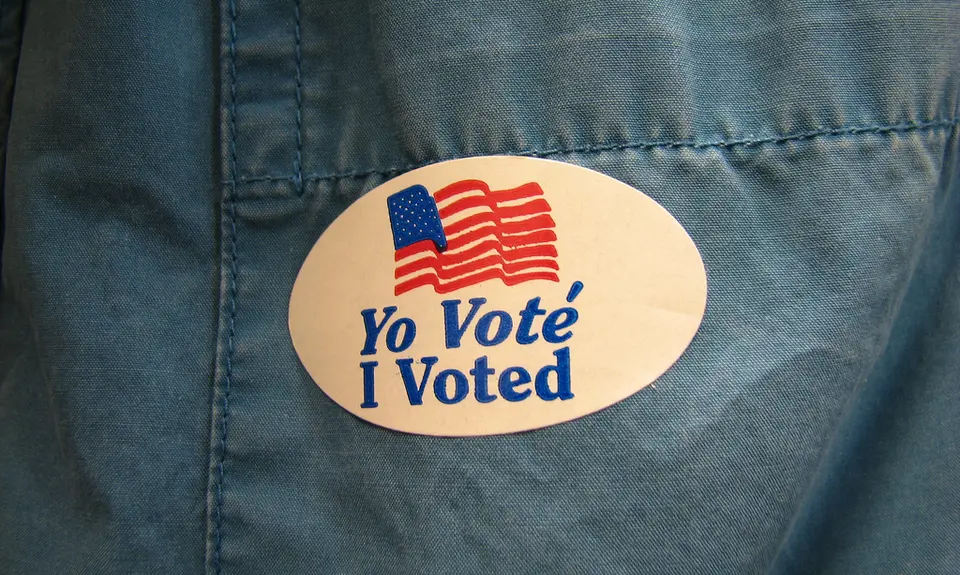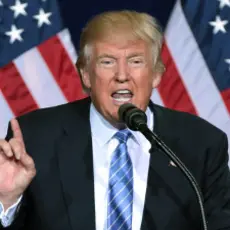As the Supreme Court prepares to hear oral argument in a crucial voting rights case this Wednesday about Ohio’s decision to purge thousands of voters from its rolls, documents just released by the Department of Justice in response to a Right Wing Watch FOIA request provide a partial answer to an important question: How did the DOJ’s decision to switch sides in the case and argue in favor of the purge and against civil rights protections for voters come about?
The newly released DOJ documents reveal that a top political appointee and civil rights official at the Department was in contact with an Ohio state lawyer about the switch. But the documents raise almost as many questions as they answer about what civil rights leaders have called a damaging switch that could dispossess “millions” of the “fundamental right” to vote.
Husted v. A. Philip Randolph Institute was a challenge by Ohio voters and civil rights groups to an Ohio practice that triggered a process to remove voters from the rolls simply because they had not voted in a two-year period. In September 2016, the Sixth Circuit Court of Appeals ruled that the practice was illegal, as the Obama Justice Department also had maintained. In early February 2017, Ohio State Solicitor Eric Murphy filed a petition seeking Supreme Court review of the case. Two weeks later, Murphy contacted Trump political appointee John Gore, whom Trump had named deputy assistant attorney general in DOJ’s Civil Rights Division in January, about the case.
Before his Justice Department appointment, Gore had been at the Jones Day law firm, where commentators noted that he had “spent his career undermining civil rights,” including in voting cases. White House Counsel Don McGahn had also worked at Jones Day, and its alumni filled many other political positions in the early Trump administration. Like Gore, Murphy had previously worked for Jones Day on appellate matters, and the two had overlapped at the firm for several years.
According to the documents that DOJ released to Right Wing Watch, on February 17, Murphy sent Gore a copy of Ohio’s petition to the Supreme Court, claimed that DOJ’s position opposing the voter purge in the Sixth Circuit was not “consistent” with its previous positions on similar matters, and asked to speak with Gore about the case, clearly seeking to get DOJ to reverse its position in the case. Gore thanked Murphy for the email and asked for more briefs and other information, which Murphy sent. Gore also stated that he “ran into” someone that the two of them apparently both knew and that “he mentioned this case.” In the documents provided to RWW, DOJ concealed the name of that individual.
In June, after the Supreme Court had decided to review the case, Murphy emailed Gore asking if he had “time for a quick call on this matter.” DOJ has not yet produced any response to this email or any records relating to the content of any calls or meetings with Ohio attorneys or other outside officials concerning the case. At the end of July, Murphy emailed Gore a copy of Ohio’s opening brief to the Supreme Court arguing that the Sixth Circuit decision should be reversed. Around the same time, Gore was named the acting head of the Civil Rights Division.
A week after Murphy’s email, Gore responded, enclosing a DOJ friend of the court brief just filed in the Husted matter “in case you haven’t seen it.” In the brief, DOJ switched sides, now arguing that the Ohio purging plan was legal and that its view was consistent with an earlier DOJ position, exactly as Murphy had claimed in February. Voting rights advocates and others harshly criticized the switch, noting that, contrary to what Murphy had claimed, DOJ had previously taken the same position as it had in the Sixth Circuit. Gore, a political appointee, was the only attorney from the Civil Rights Division to sign the brief; not a single career attorney signed it.
The documents provided to RWW thus make very clear what many have suspected: It was politics and political connections that led to the Trump DOJ’s decision to switch sides in the case and seek to undermine voting rights. But many questions remain unanswered. Who was the unknown person who “mentioned” the case to Gore in February? Could it have been someone like Ken Blackwell, former Ohio secretary of state and right-wing member of Trump’s now-defunct voter fraud commission? What other communications occurred between Ohio officials or members of that commission and DOJ officials that led to the decision to switch sides in the case? Even as the Supreme Court considers the case, RWW will continue to seek answers to these and related questions from DOJ.
UPDATE 5/2/18: The Civil Rights Division has told us that the person with whom Gore told Murphy he had discussed the case was conservative writer and speaker Matt Walsh.
Note on the documents: The set of documents that we have linked to in this post is a partial segment of what DOJ provided to Right Wing Watch. DOJ’s production consisted of 682 pages, 663 of which were various briefs and petitions that were included as attachments in the email exchange between Gore and Murphy. For ease of reading, we have included just the 19 pages showing the email exchange itself.






